Note: February 16, 2017. This is a slight update to a post I did more than three years ago. I haven't changed much other than re-editing a couple photos and substituting a couple of horizontals for their vertical cousins.
In the past three months, I’ve posted a photo per day on TravelPast50. And, I’m only about a quarter of the way through the photos I’ve taken since we’ve been traveling since mid 2010. I’ve got a long way to go.
Of course, some are better than others, but I’m proud of a lot of my shots. I hope you’ve liked them too.
So, here are a few rules I try to follow to make good shots. I hope they are helpful for you.
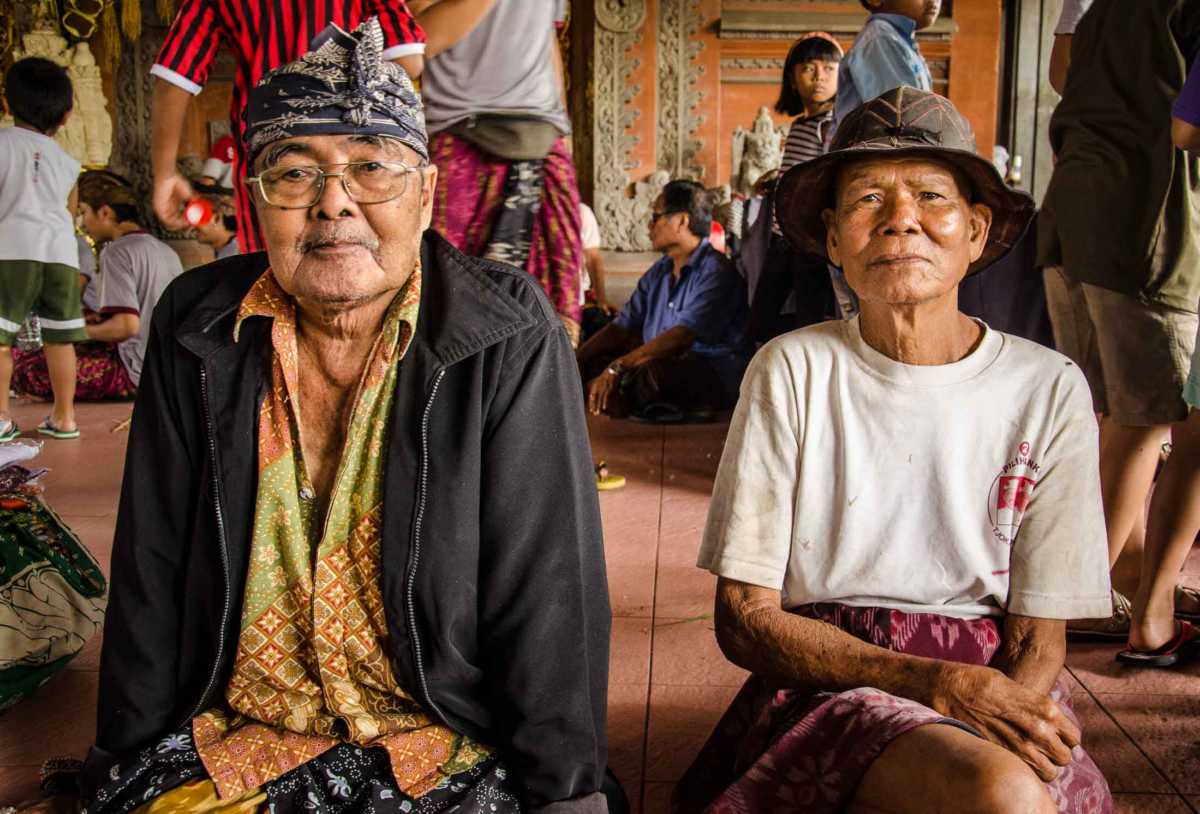
Table of Contents
1. Get close.
If you are shooting people, closer is better. Sometimes it’s a bit intimidating to walk right up to someone and push a camera in their face. I find it’s a good idea to have a story to go along with your pushiness. Mine often starts with, “I’m a photo journalist, and I’m working on a story about … Do you mind if I take your picture?” It works.
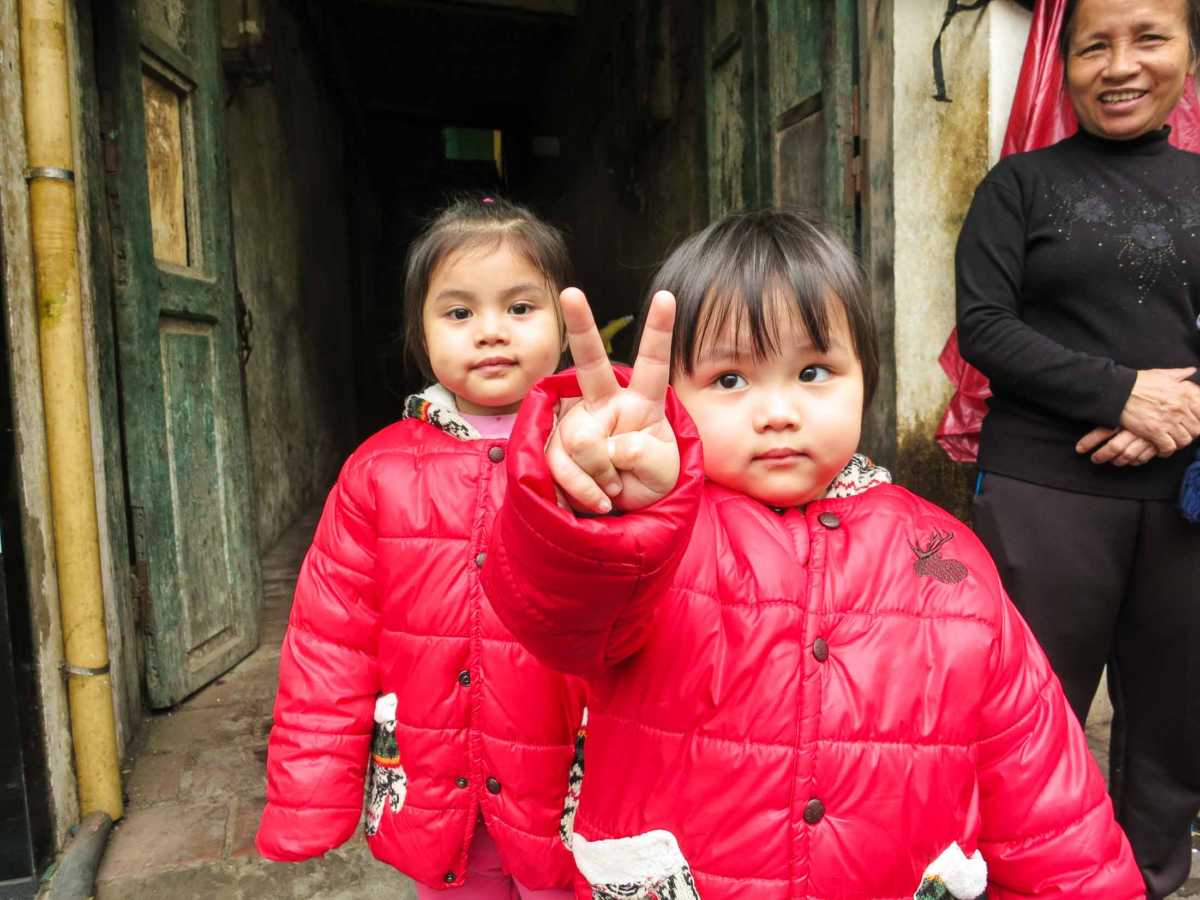
2. Get on the appropriate level.
If you’re shooting adults, you can stand. But if you’re shooting children, squat. You’ll get more interaction, and a photo from their perspective is just more interesting.
3. Wean yourself from the Auto setting.
If you’re on auto, you’re asking for all sorts of problems, such as bad focus, bad exposure, bad color balance, wrong depth of field, etc. Read your camera’s manual and experiment with the various settings until you can do them automatically–and appropriately for the setting you’re in. A very good half-way measure is to select either aperture priority or shutter speed priority. Choose one based on what you are shooting. If you're on the street, you might want to select a medium aperture so that you will have depth of field in case you (or your camera) isn't exactly focused on your main subject. Select shutter priority if you, or your subject, is moving, in order to stop or blur the action, as your vision dictates.
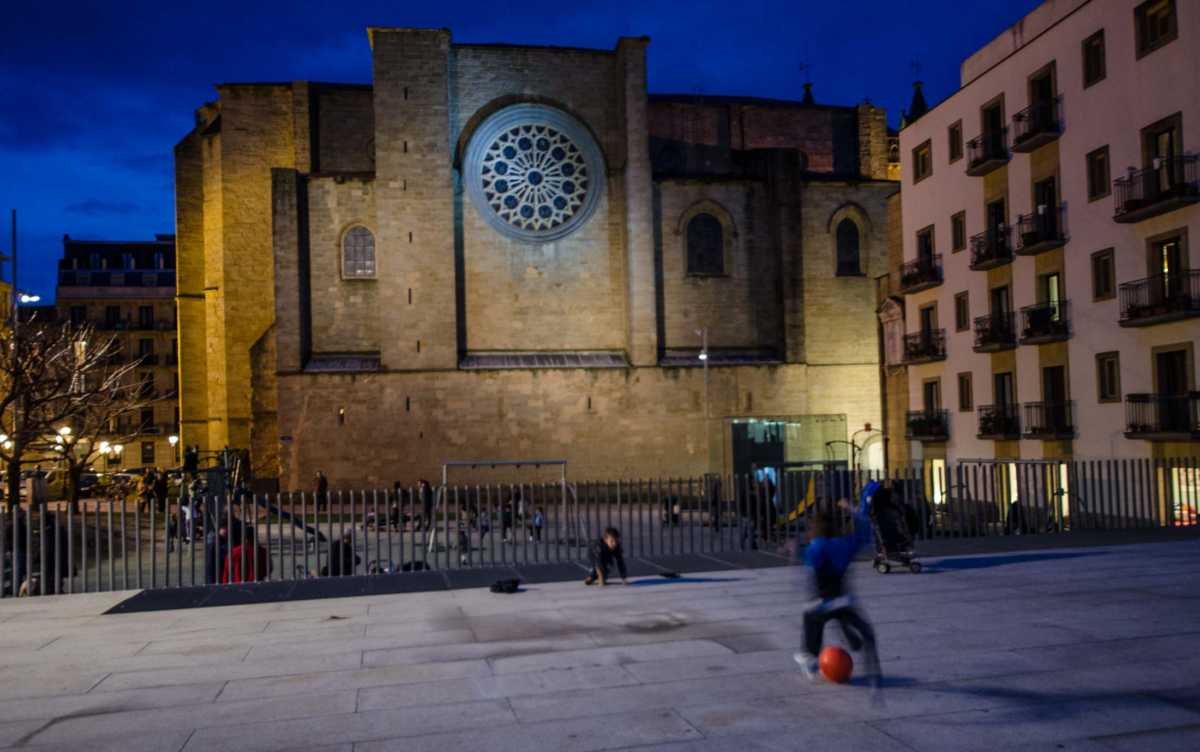
4. Select your shutter speed.
Basically, there are two ways to control exposure: shutter speed and lens aperture. They are reciprocal. In other words, one click faster exposure equals one click more open on the aperture. But, they are not completely interchangeable. A faster or slower shutter speed might be appropriate for what you are shooting. Do you want to stop action, such as when you’re shooting sports? Or do you want to soften and convey motion, if you’re shooting moving water? Then control your shutter speed for the effect you want.

5. Select your aperture.
Along with exposure, aperture selection also controls your depth of field, i.e. the amount of your frame which is in focus. If you are shooting a landscape, you probably want to select a smaller aperture, which will give you a larger depth of field. Your entire frame will be in focus. However, if you’re shooting a portrait against a busy background, select a wide open aperture to throw the distracting background out of focus.
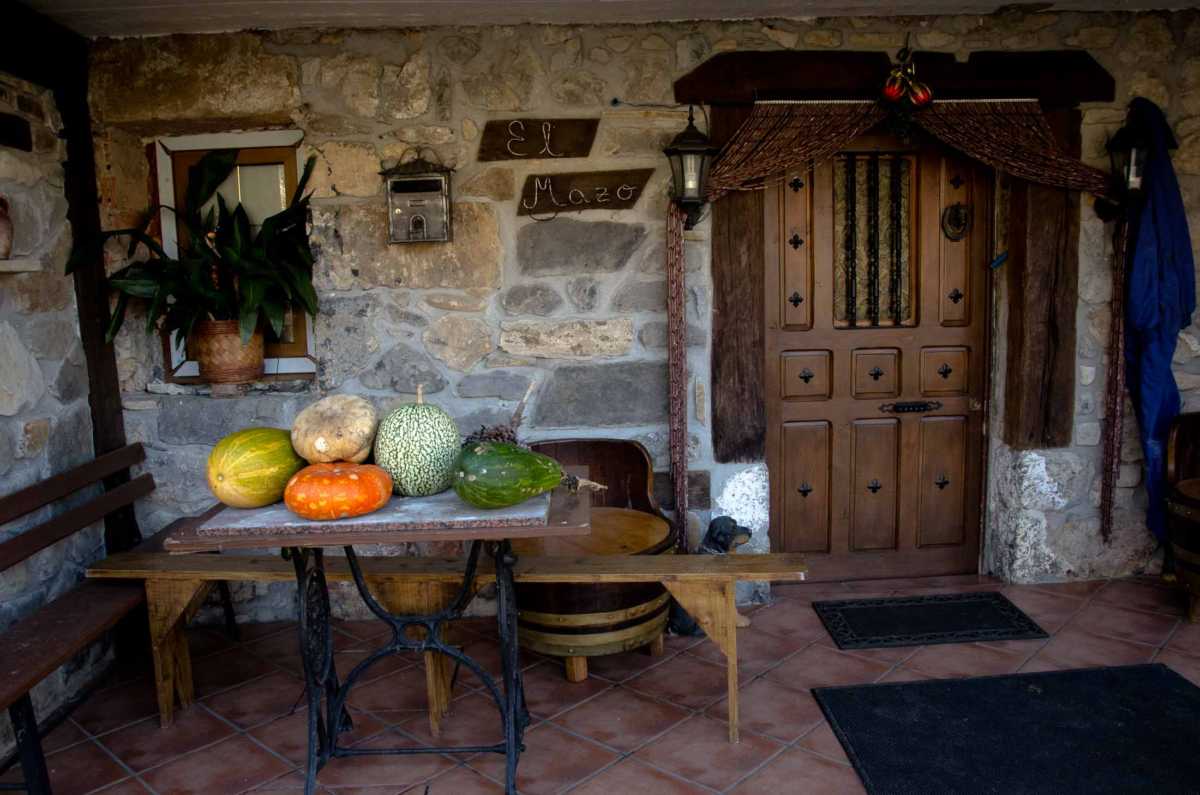
6. Use the “Rule of Thirds.”
Imagine drawing lines dividing your frame into thirds both horizontally and vertically. Position your main subject at the intersection of two of these lines. You’ll end up with a more pleasing shot than just putting your subject in the middle of your frame. This is especially true of shots than include the horizon. Put the horizon line either one third from the top, or one third from the bottom. Nothing is more boring that a shot where the horizon divides the frame in two equal halves.
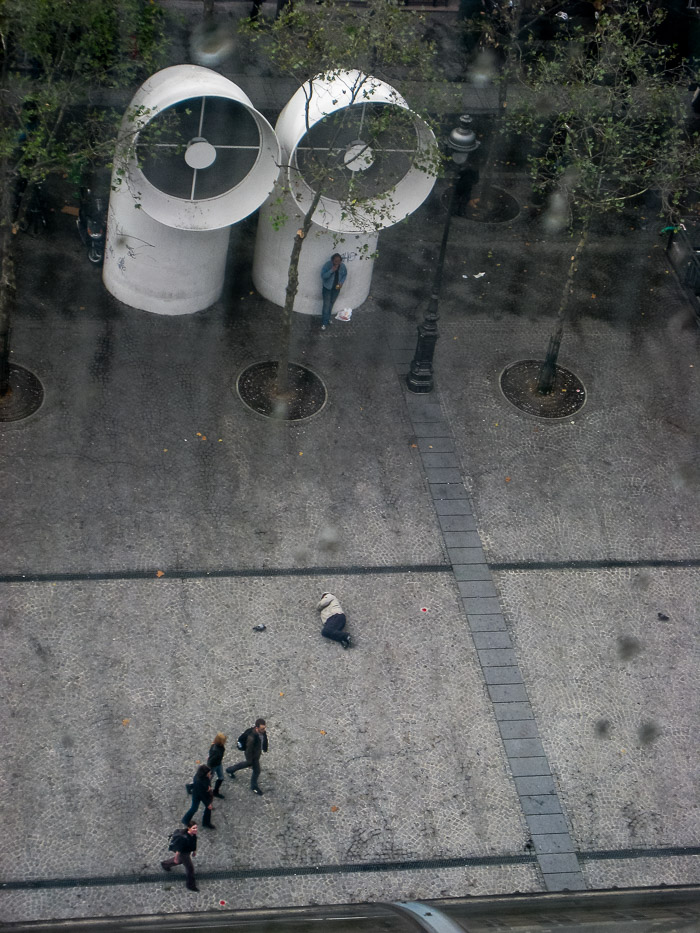
7. Look for the unique angle.
Your perspective will add to the drama of the image. A straight on shot may be best for a straight on subject, but an oblique angle, or shooting up or down on your subject might be the perspective that give you a unique great shot.
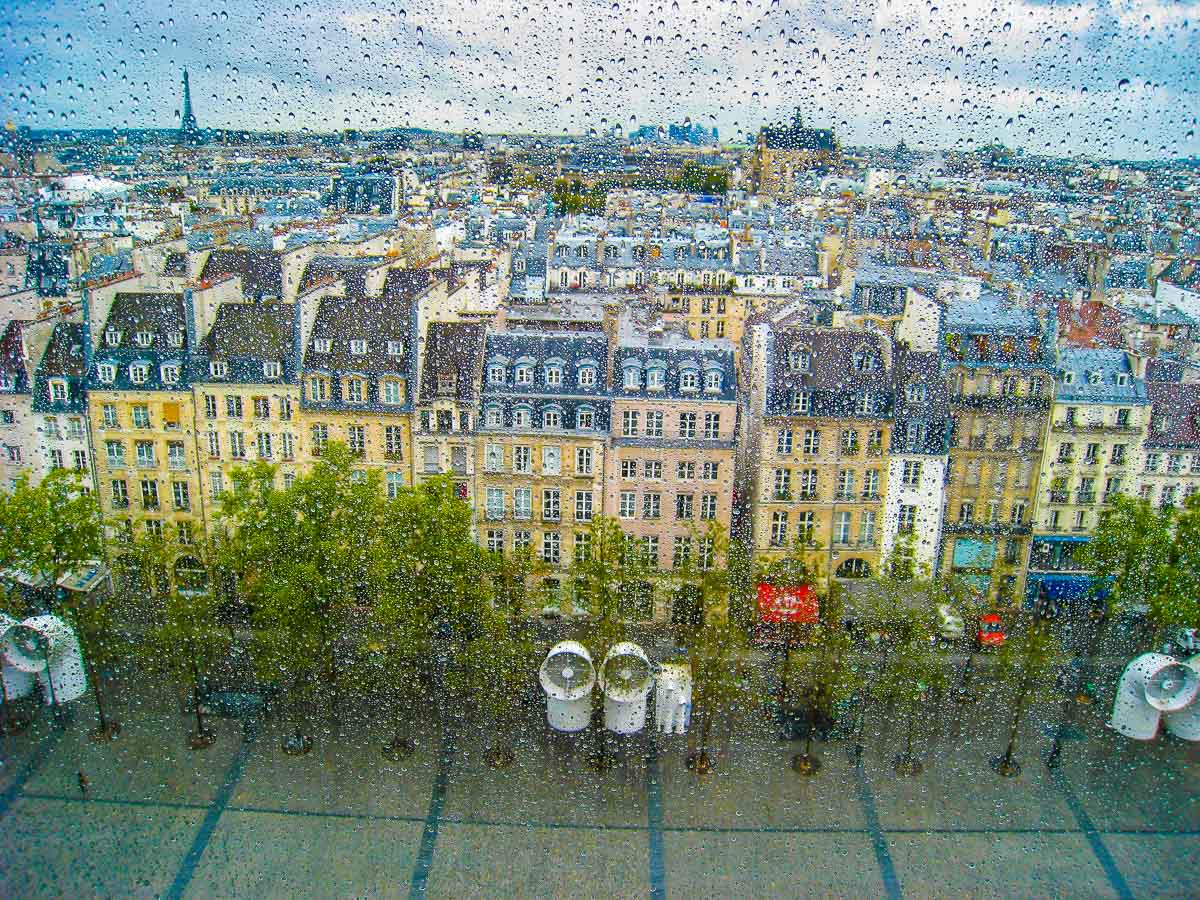
8. Take your time.
Consider using a tripod. Unless you’re shooting some frantic action, you have the time to move around your subject, try different angles, and compose carefully, making sure to eliminate distracting elements that may be creeping in on the edges of your frame. Be sure that your horizon line is straight. Slow down.
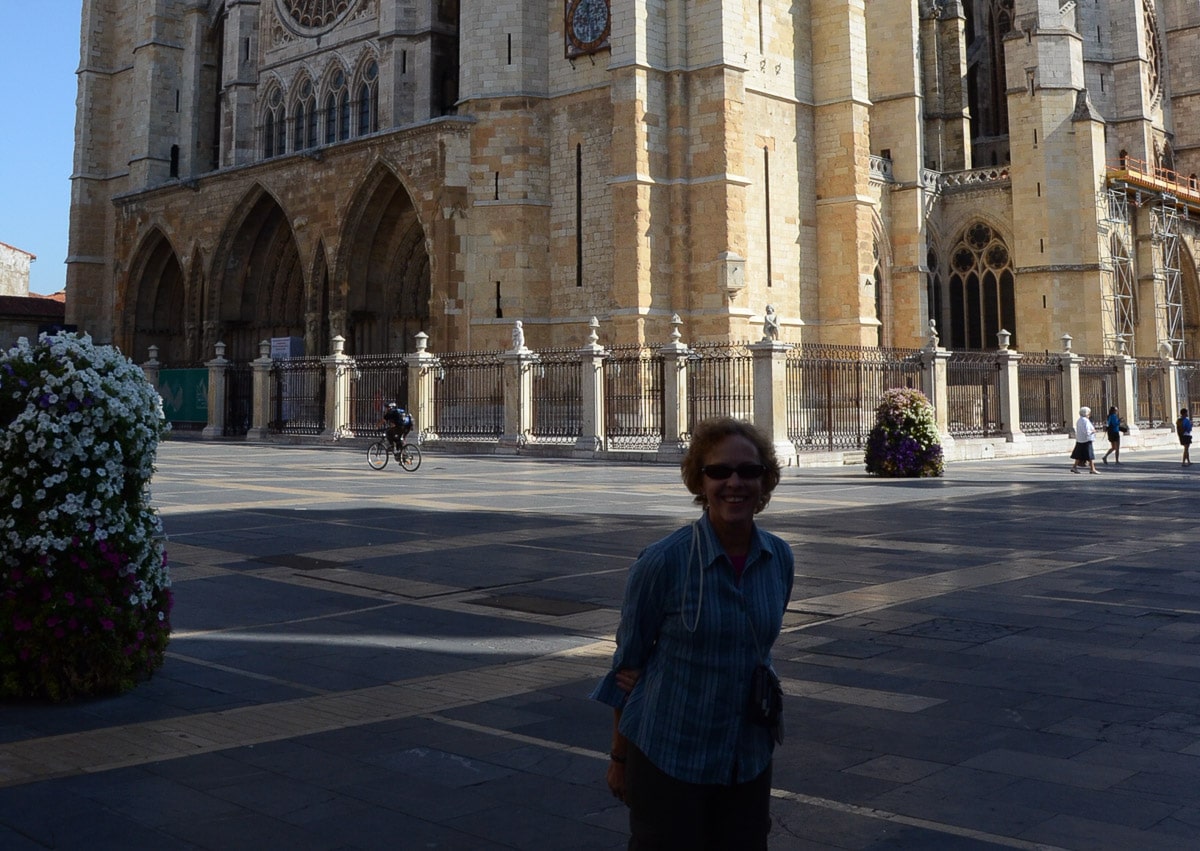
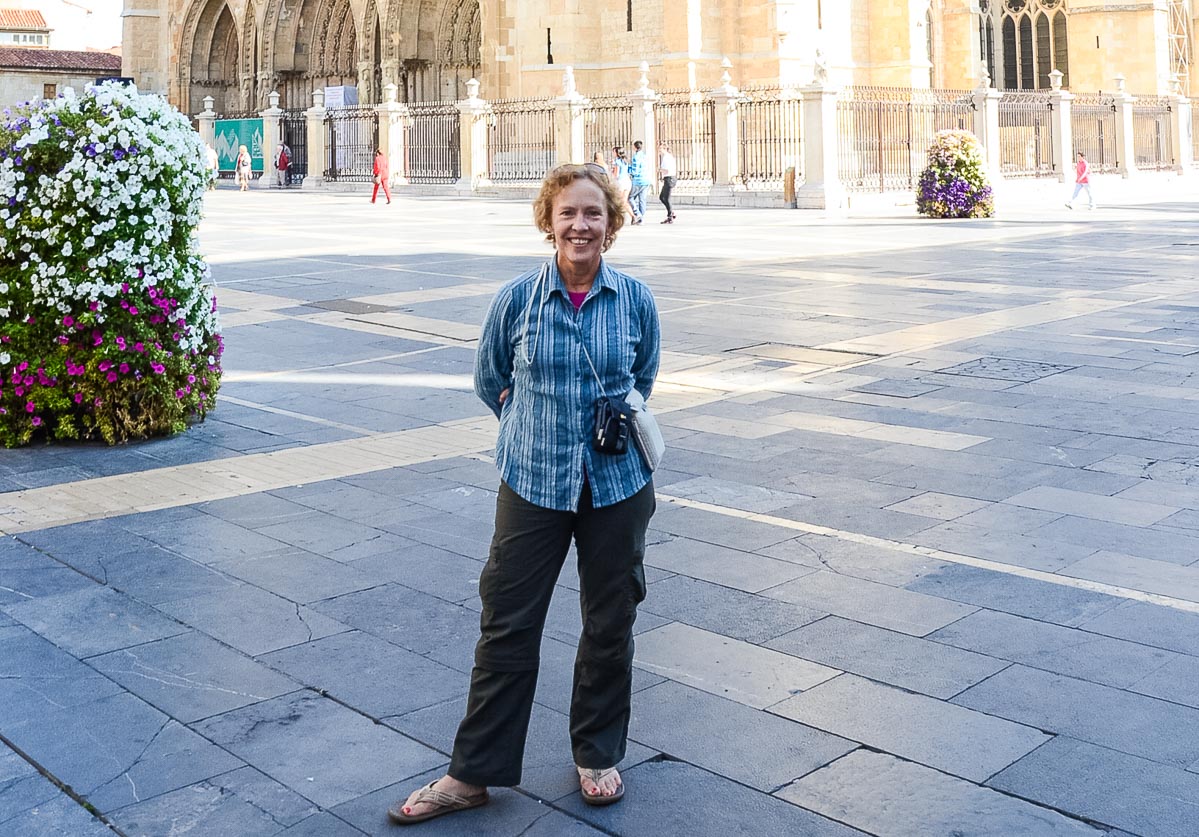
9. Expose for the main subject.
One of the common errors you see in photographs of people is the camera has exposed for the sunny sky in the background and the people in the foreground are all dark and unrecognizable. That’s where manual exposure comes in. You have to take your exposure reading from your main subject, set it manually, and just let the sky be overexposed. Unless you’re shooting a landscape, who cares about the sky anyway?
10. Break the rules.
Now that you know some rules, break them. Make your photos your own.
P.S. you can check out a lot more of my photos at my Smug Mug site. Just click here.
Just in case you are interested, there's a post here where I talk about the photography equipment I use. Have a look.
Up Your Travel Skills
Looking to book your next trip? Use these resources that are tried and tested by us. First, to get our best travel tips, sign up for our email newsletter. Then, be sure to start your reading with our Resources Page where we highlight all the great travel companies and products that we trust. Travel Accessories: Check out our list of all the accessories we carry to make getting there and being there a lot easier. Credit Cards: See our detailed post on how to choose the right travel rewards credit card for you. Flights: Start finding the very best flight deals by subscribing to Thrifty Traveler. Book your Hotel: Find the best prices on hotels with Booking.com. See all of the gear and books we like in one place on our Amazon shop.Got a comment on this post? Join the conversation on Facebook, Instagram, or Threads and share your thoughts!



Comments are closed.